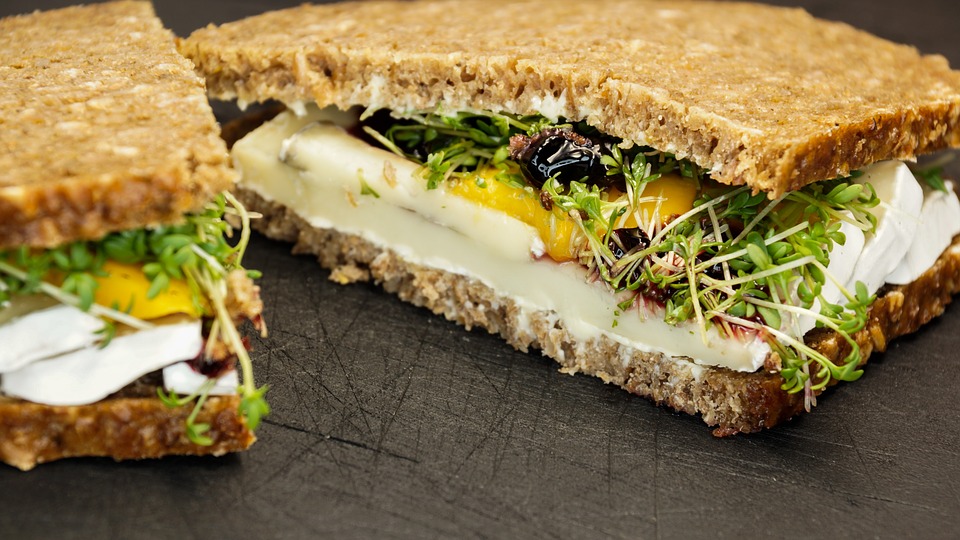By Mary Pletsch 09 Feb 2022 no comment 338 Views
Last week we talked about how to make a healthy sandwich. Sandwiches aren’t naturally unhealthy—it depends on how they’re made.
A shaved turkey sandwich on whole grain bread with lots of fresh vegetables is an excellent source of protein, fibre and nutrients.
Processed lunch meat on refined white bread, with an excessive amount of cheese on top, is high in salt, calories and saturated fats, and low in fibre and nutritional value.
Choose your sandwich sauce
Firstly, mustard is an excellent choice for a low calorie spread. Or, drizzle a little oil and vinegar on your sandwich.
Hot sauce can be good or bad, depending on the ingredients. First, check the sodium, sugar, and additives on the label, as they vary widely between different kinds. Then minimize your use of sugary or salty varieties.
Also be careful with pre-packaged sauces, like BBQ sauce and sandwich sauce. Many of them are high in calories, with added sugar, preservatives, salt, and artificial flavours and colours.
If you like mayonnaise or mayo-based sauces such as commercial aioli, use them sparingly. Like hot sauce, recipes vary widely. Read the label and watch for saturated fat and sodium.
Enjoy in moderation
Instead of a footlong sub, try a 6 inch with a healthy side, like a nutritious soup, chili, piece of fruit, or salad.
If you still feel unsatisfied, add some lean protein, which will help you to feel full without adding an excessive amount of calories. Good sources of lean protein include nuts, seeds, tuna salad, shrimp, chicken breast, turkey slices, lentils, salmon and beans.
If you don’t care for a vegetable-stuffed sandwich, it’s perfectly acceptable to eat your vegetables alongside, perhaps raw with dip, or cooked into a stew or soup, or in a mixed salad.
In conclusion, a thoughtfully made sandwich can be part of a convenient and healthy meal!

